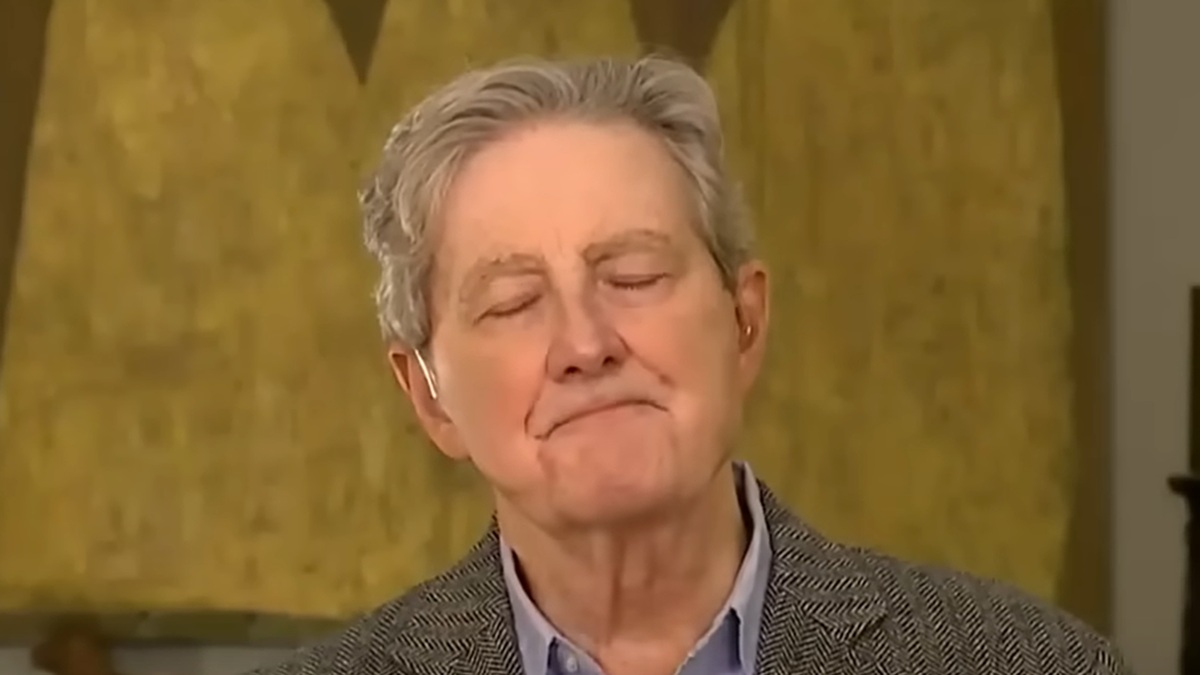Author: Contributor
-

Slaying Monsters With Swords and Sympathy
Massive reptiles bask on sunlit rocks as golden grass ripples gently in the breeze. You might be a seasoned monster hunter, a master of slaying beasts with a gleaming blade, but a companion urges you to pause and observe the world around you. A button press allows you to focus on the radiant creatures before…
-
WI natural gas plant would harm our health, environment
Gas power plants, in addition to emitting greenhouse gases, pollute the air with nitrogen oxides, sulfur dioxide, particulate matter and volatile organic compounds Jonathan Patz | Special to Milwaukee Journal Sentinel Opponents of We Energies natural gas plants fear harm to environment We Energies planned natural gas plants in the Town of Paris will create…
-

Katy Perry joins Gayle King and Jeff Bezos’ fiancee on rocket to space
It seems all the preparations Katy Perry made to host the MTV Video Music Awards in 2017 are going to come in handy — this time on an actual trip to space. “I’ve been training with @MTV in zero gravity, eating astronaut ice cream, and I’m on a group text with Buzz Aldrin and Neil…
-

I’m Releasing a New Book!
Big news! I am releasing a new book! It’s a massively updated version of my NYT bestselling travel guide, How to Travel the World on $50 a Day. Except this new edition is called How to Travel the World on $75 a Day. Why the new edition? Well, because of inflation…and the changed way we…
-

State Senate kills proposal to put sports betting on Georgia ballot
State Senate kills gambling ballot measure A state Senate resolution to get the question of legalizing sports betting and casinos on the ballot died in committee. This as experts say Georgia is missing out on hundreds of millions of dollars in potential tax revenue from legalization. ATLANTA – A Georgia Senate resolution to possibly put…
-

Why investors should be worrying about Trump and impoundment
When Donald Trump triumphed in the U.S. presidential election, a consultancy called Penta set up a “war room” to monitor which policies truly resonated. “In a world overflowing with information, attention becomes a scarce resource,” said Kevin Madden, a strategist at Penta, to the FT. “The challenge for corporate leadership lies in setting priorities.” This…
-

Is ‘Nickel Boys’ streaming anywhere? Here’s where to watch it.
Gracing the top three on our list of the best films of 2024, Nickel Boys is truly transformative. An adaptation of Colson Whitehead’s Pulitzer Prize-winning novel of the same name, it relies heavily on first-person POV shots to tell the story of a violent reform school in Jim Crow-era Florida from the perspective of its…
-

Hiking in the Footsteps of the Incas
When I finally decided to visit Peru, I knew one thing: I wanted to hike with the company that Mark Adams, my friend and fellow travel writer, used for his book Turn Right at Machu Picchu. The stories he shared about his treks and what he learned on them convinced me that those were the…
-

What Happened to Gene Hackman & His Wife Betsy? Their Deaths – Hollywood Life
Image Credit: ullstein bild via Getty Images Gene Hackman and his wife, Betsy Arakawa, were both found dead with their dog at their New Mexico home on February 26, 2025. The late movie star and the pianist had been married since 1991. As authorities investigate what happened to Hackman, 95, and Arakawa, 63, locals…
-

Senator John Kennedy Offers Sheryl Crow and Democrats Some Hilarious Advice: ‘Try Harder Not To Suck’
Credit: Screenshot via Senator John Kennedy Sen. John Kennedy (R-LA) offered up some advice to the Democrat Party that, quite honestly, they should probably heed right now. And he did so in a fashion that only he can deliver. Kennedy might consider the stand-up comedy circuit when he retires from Congress. The senator responded to…